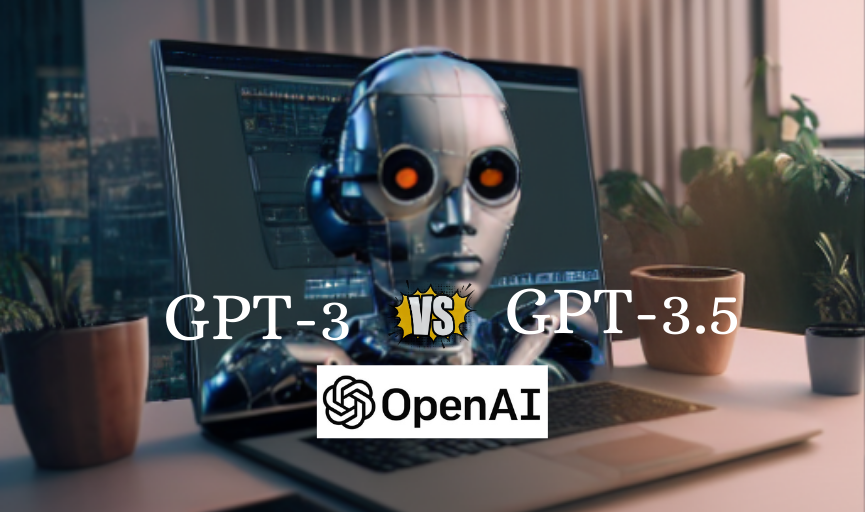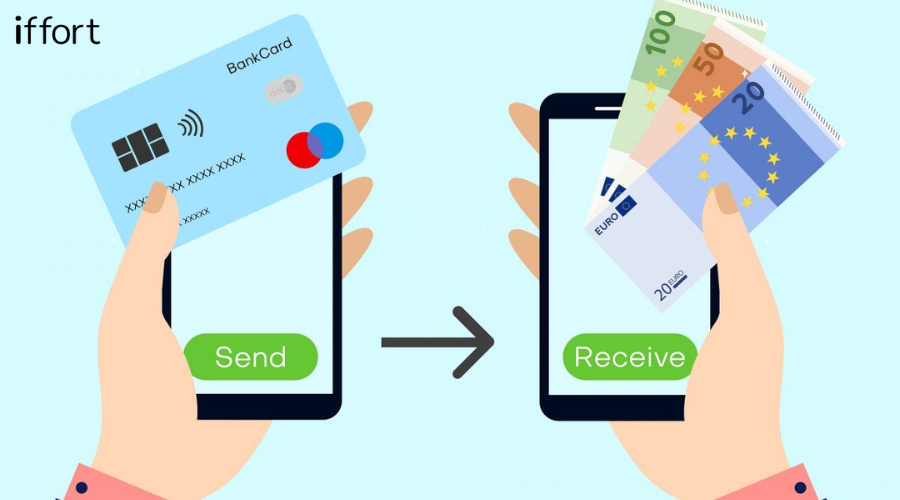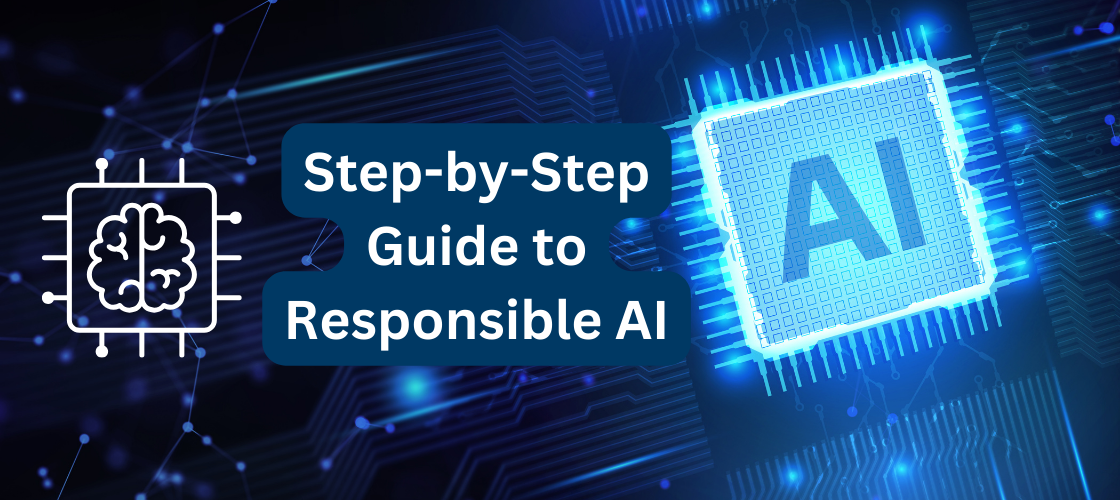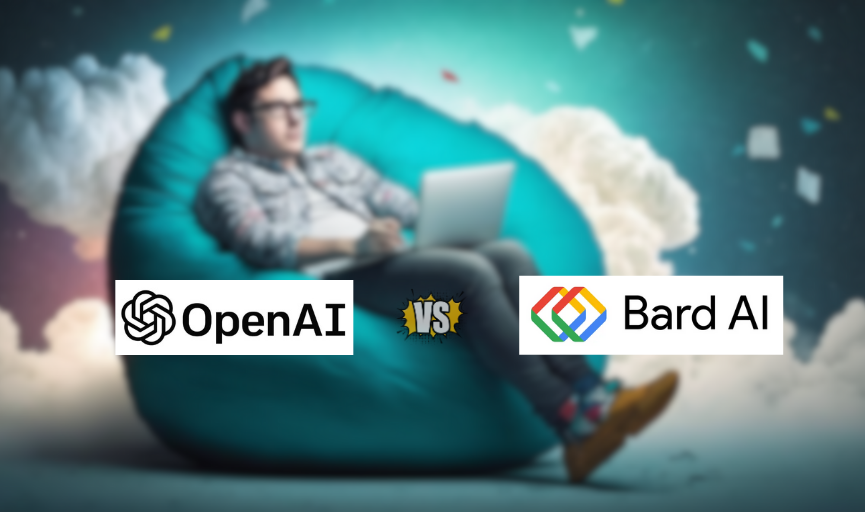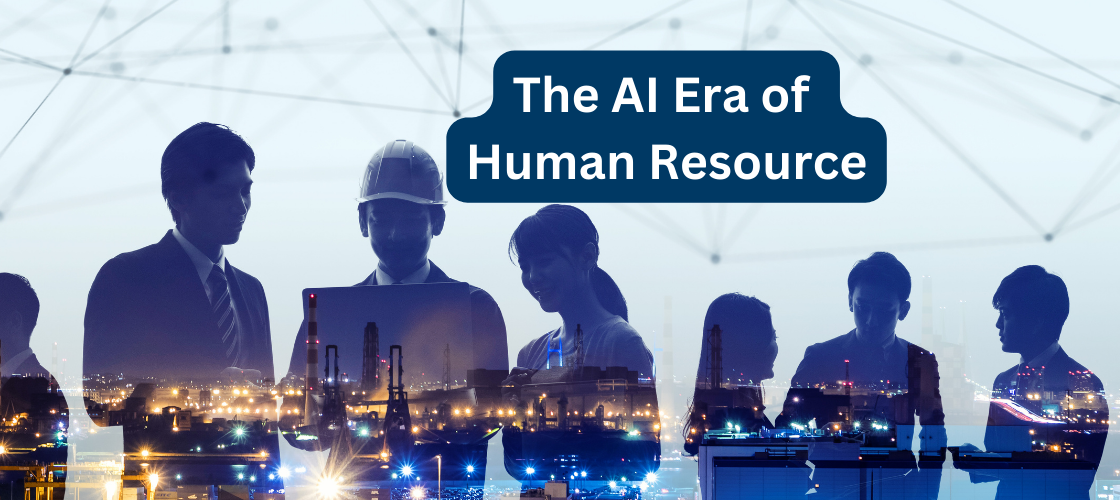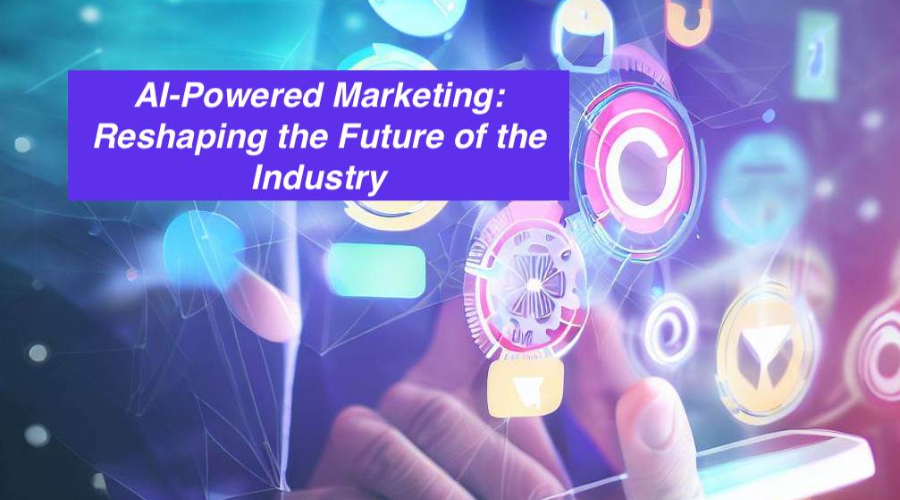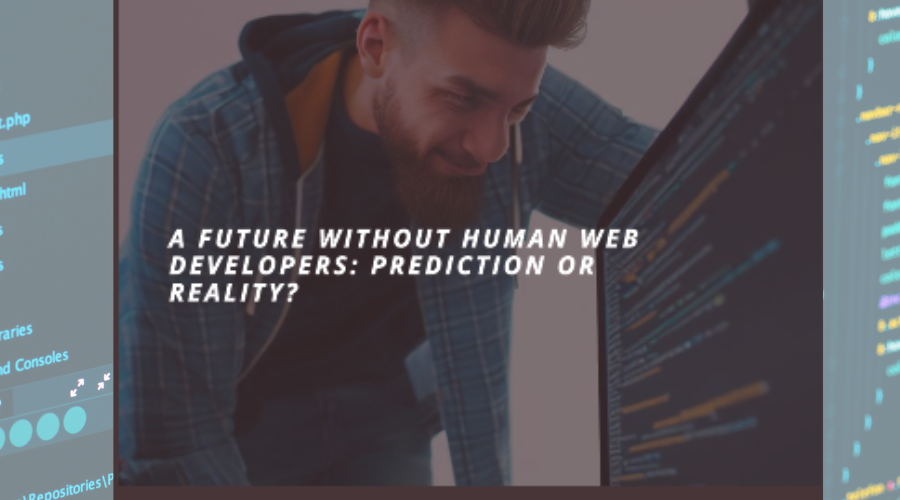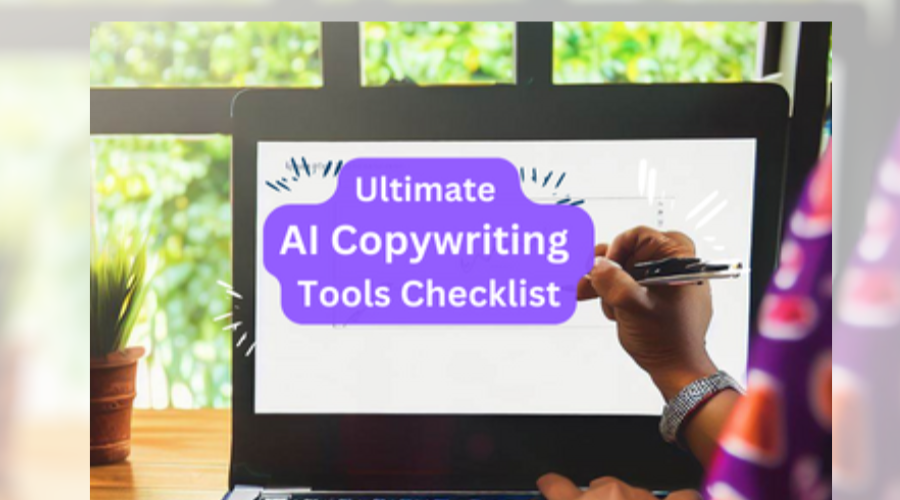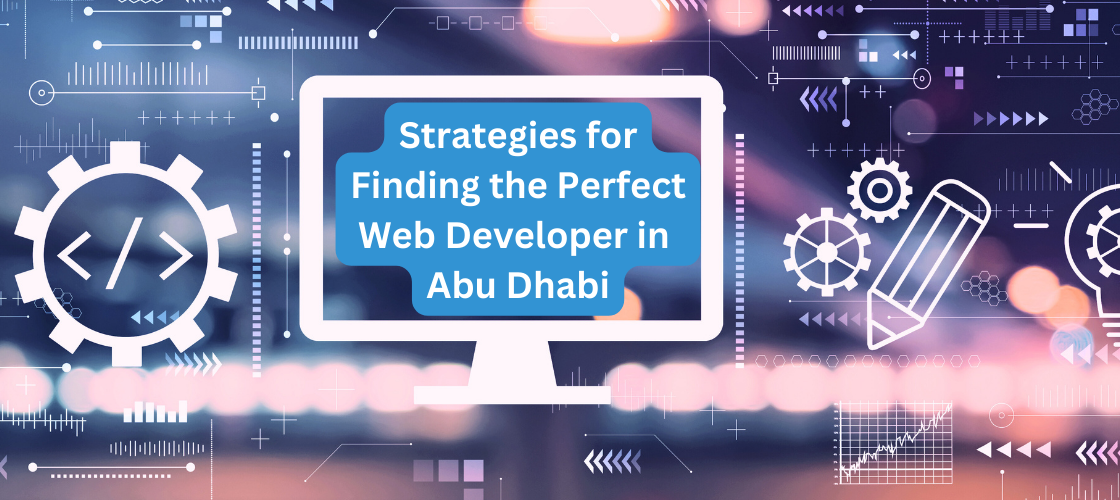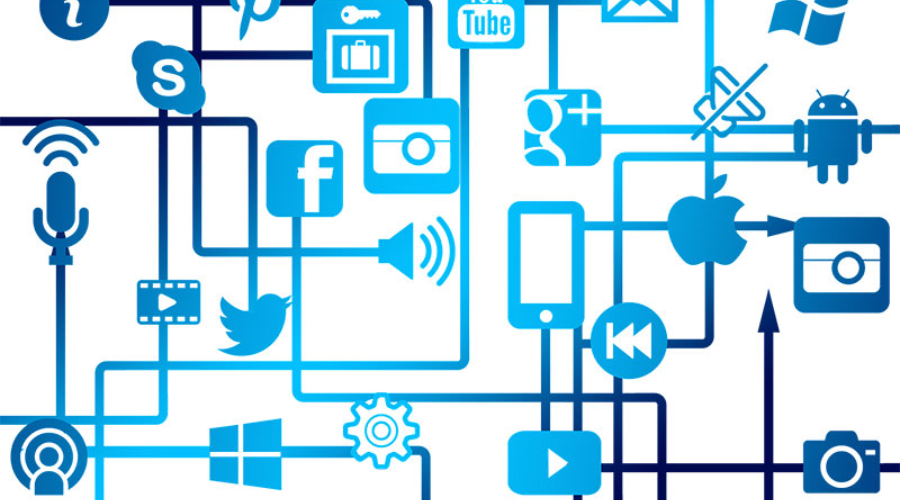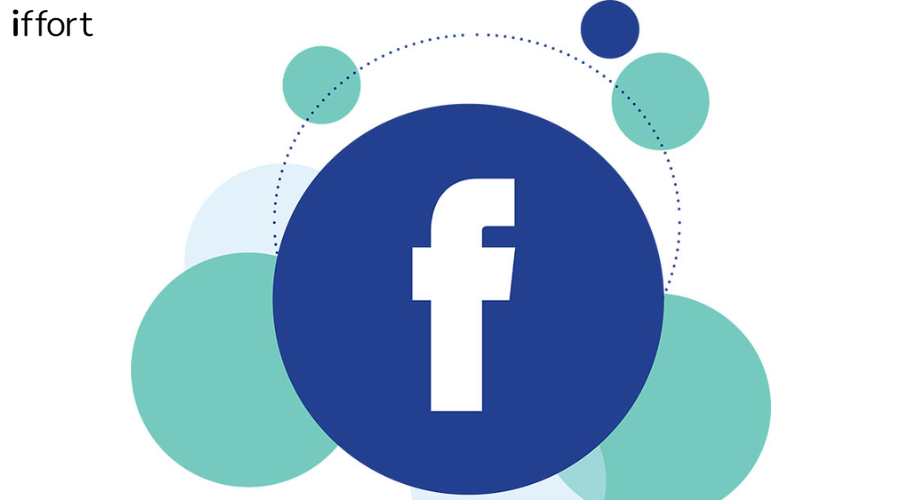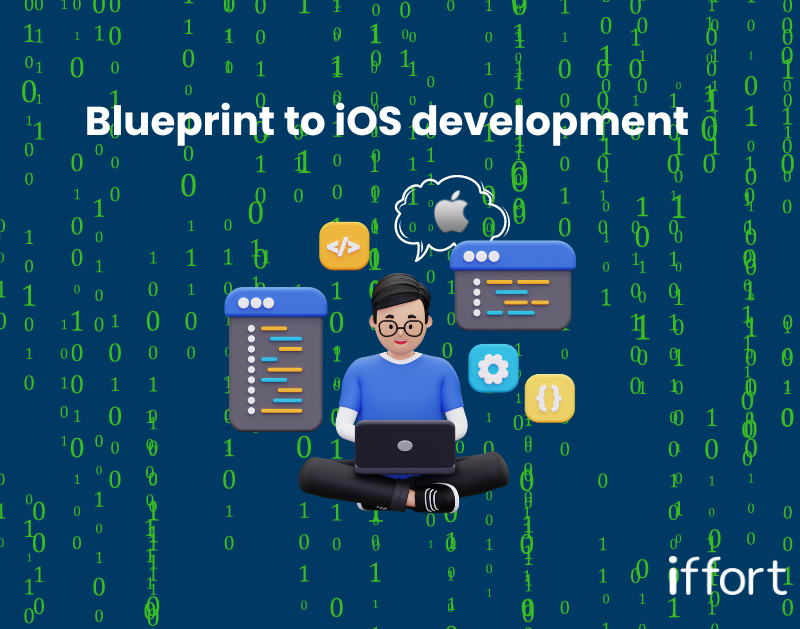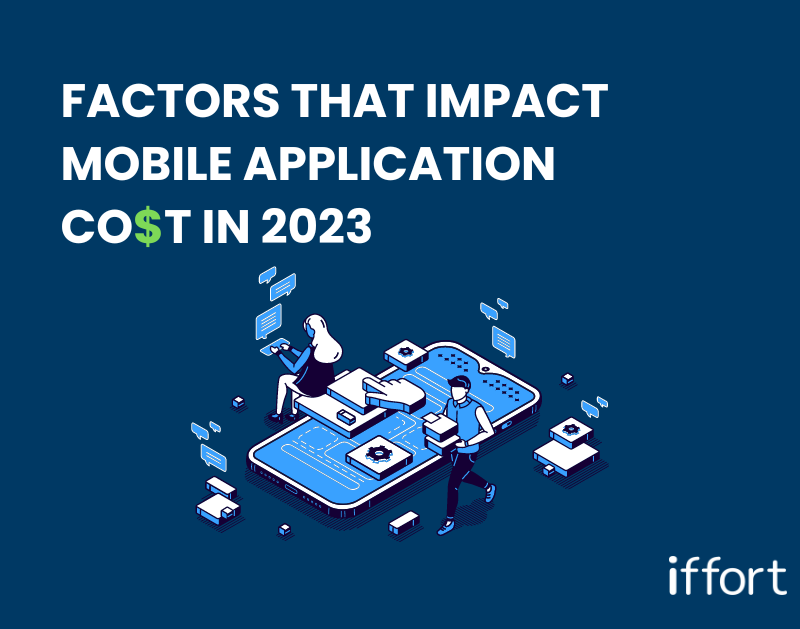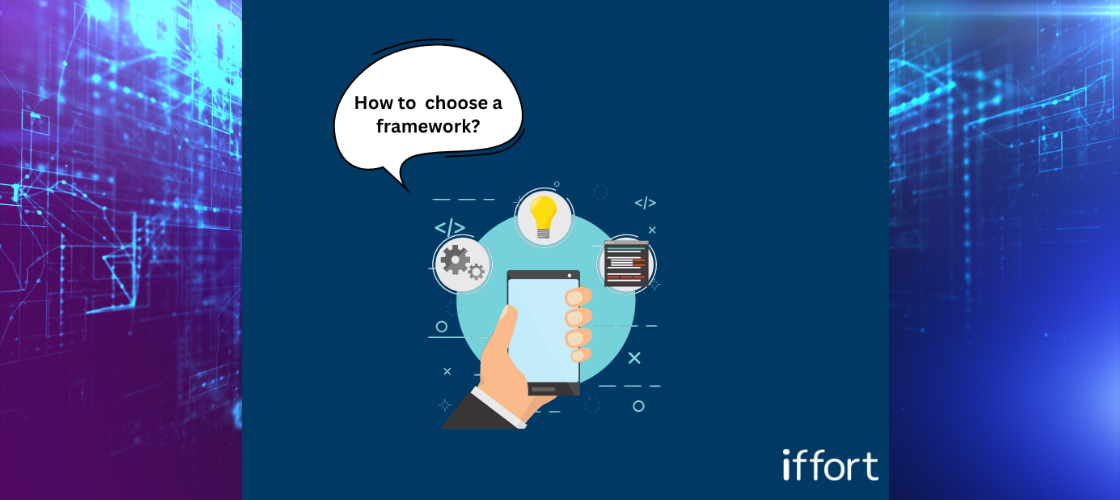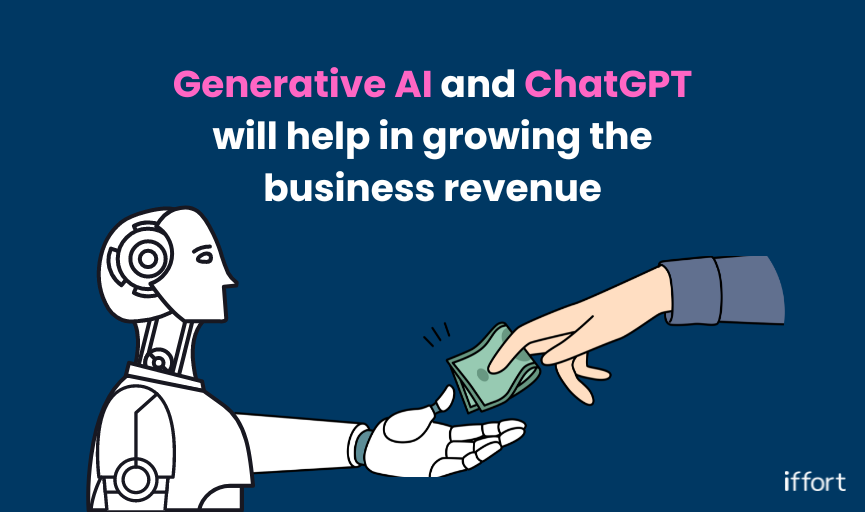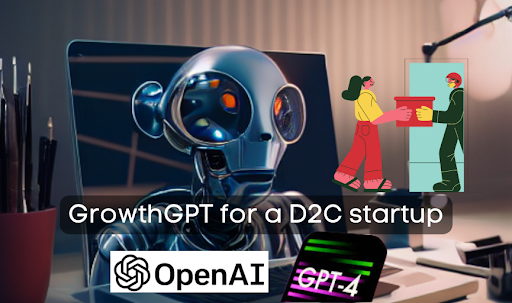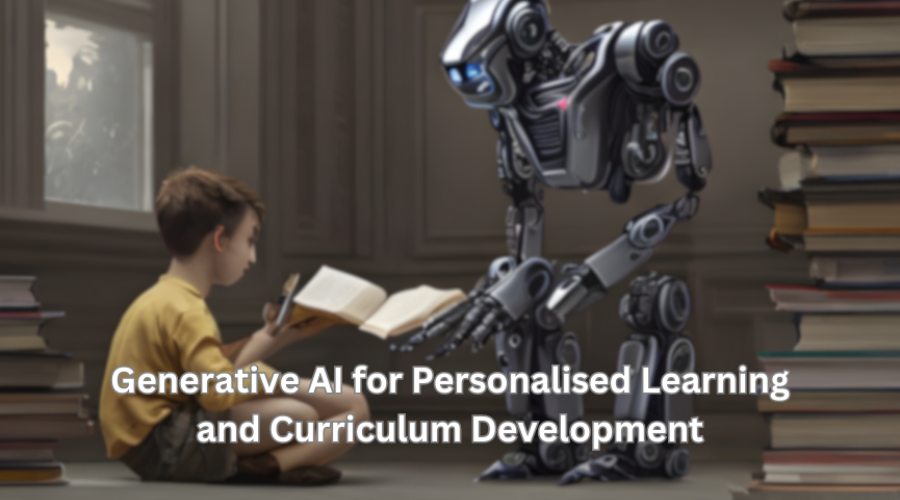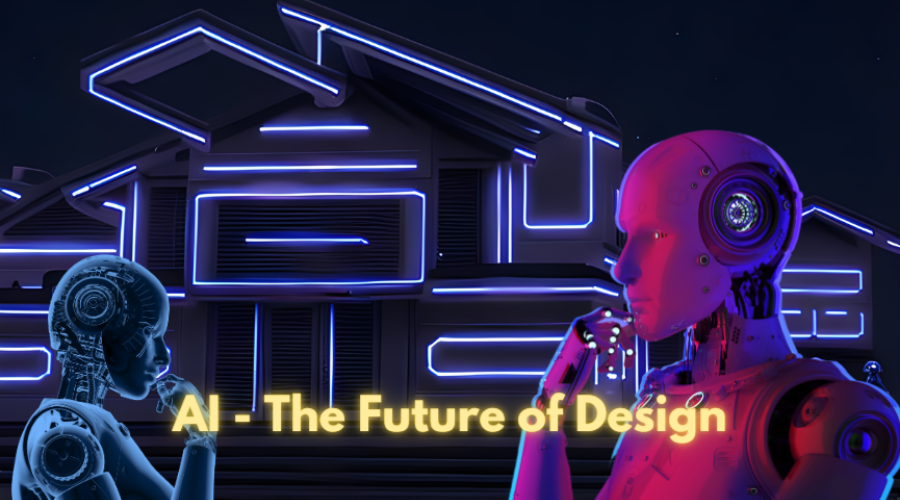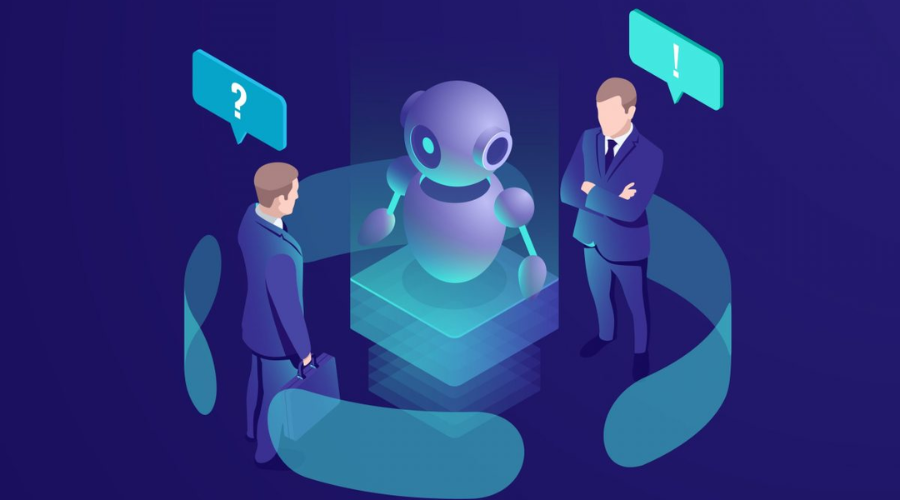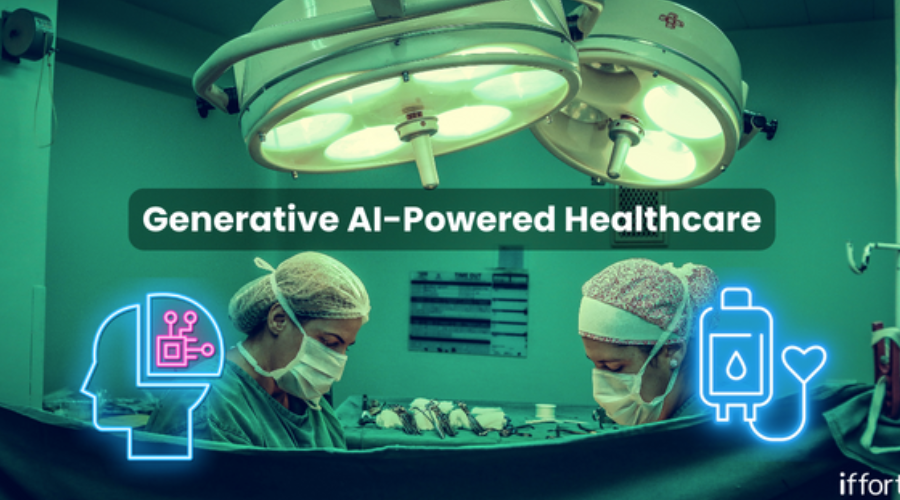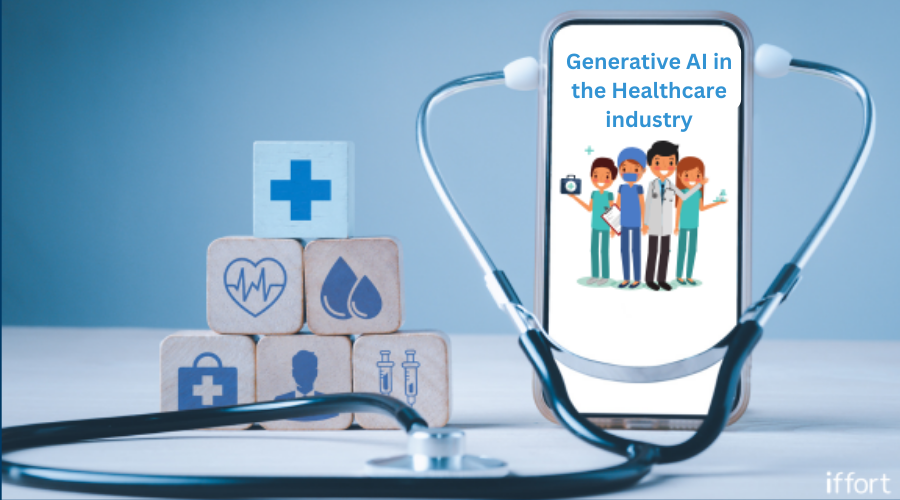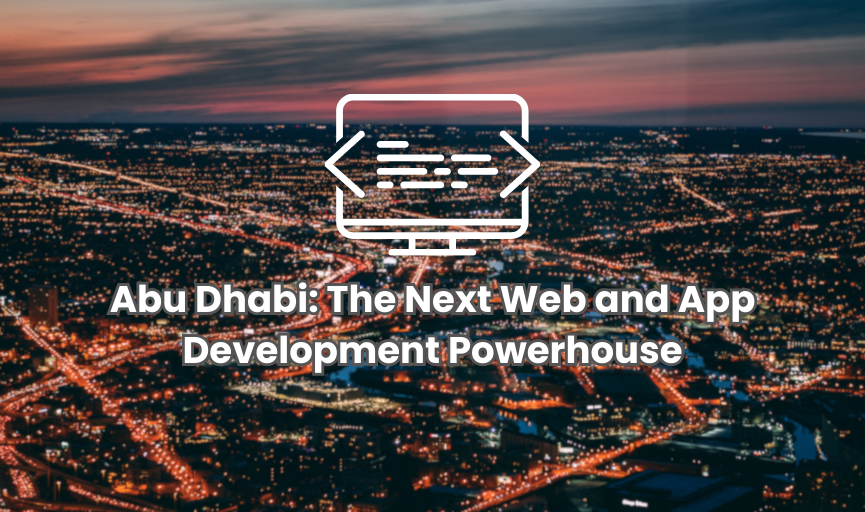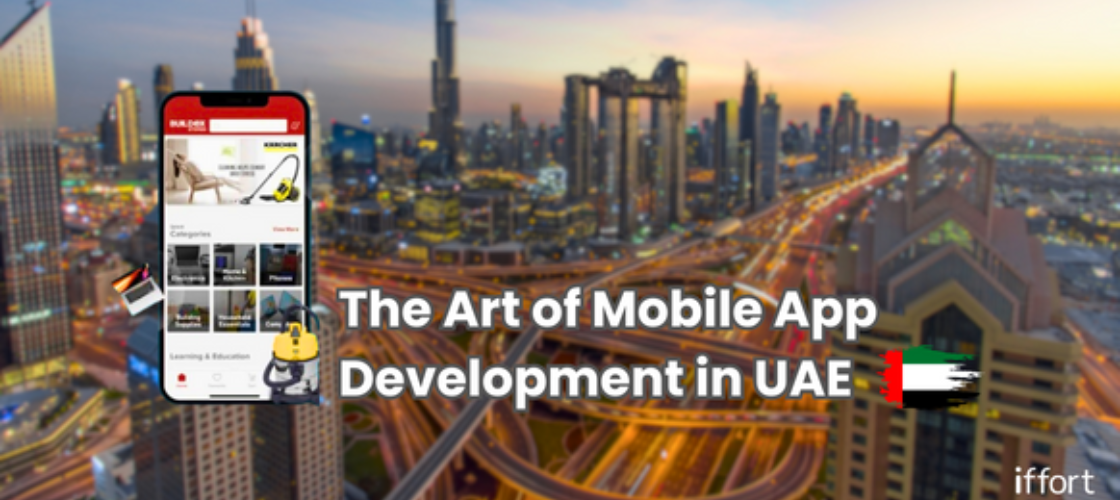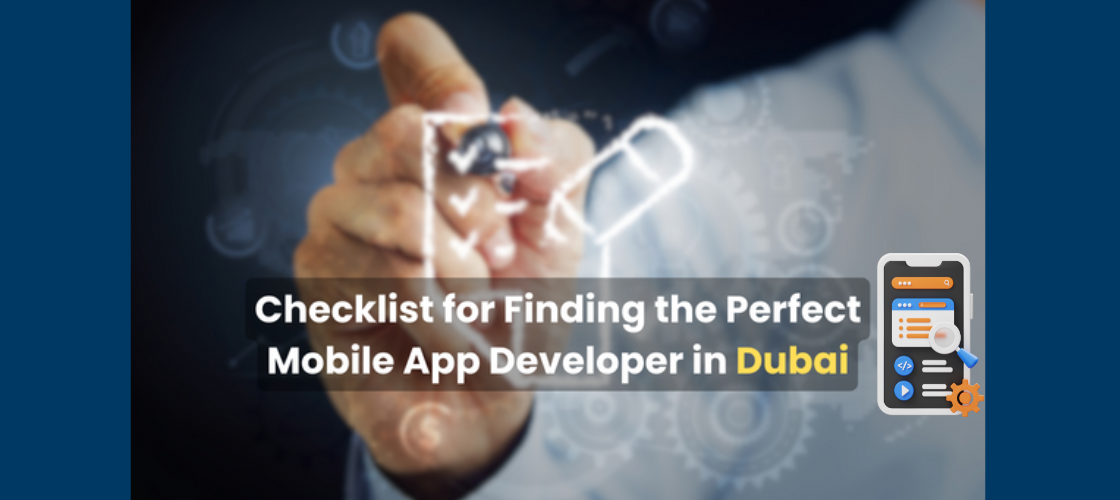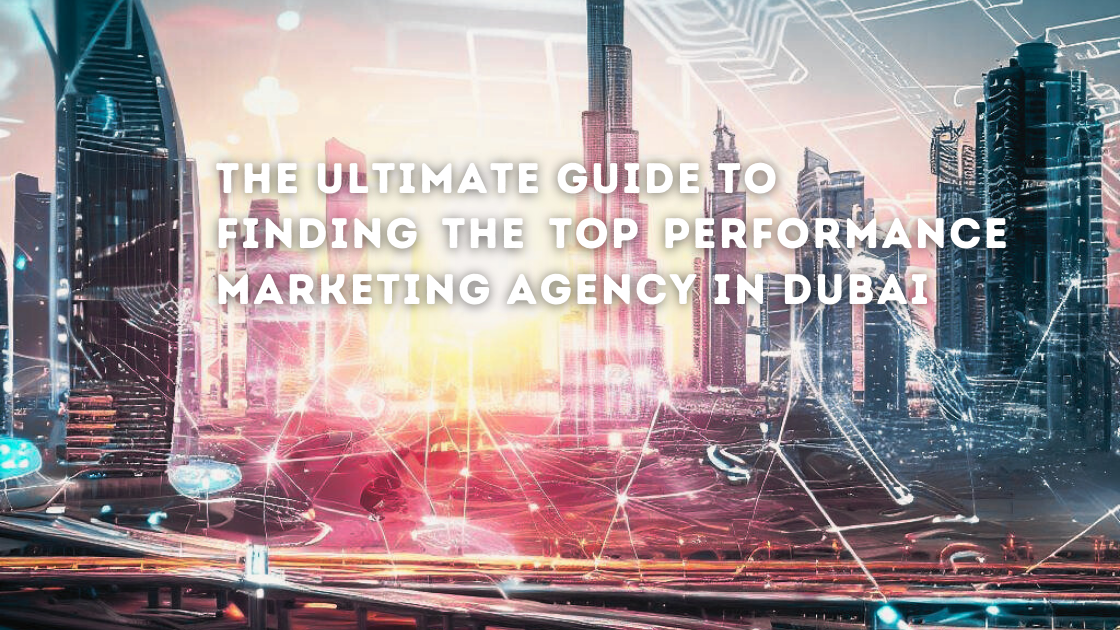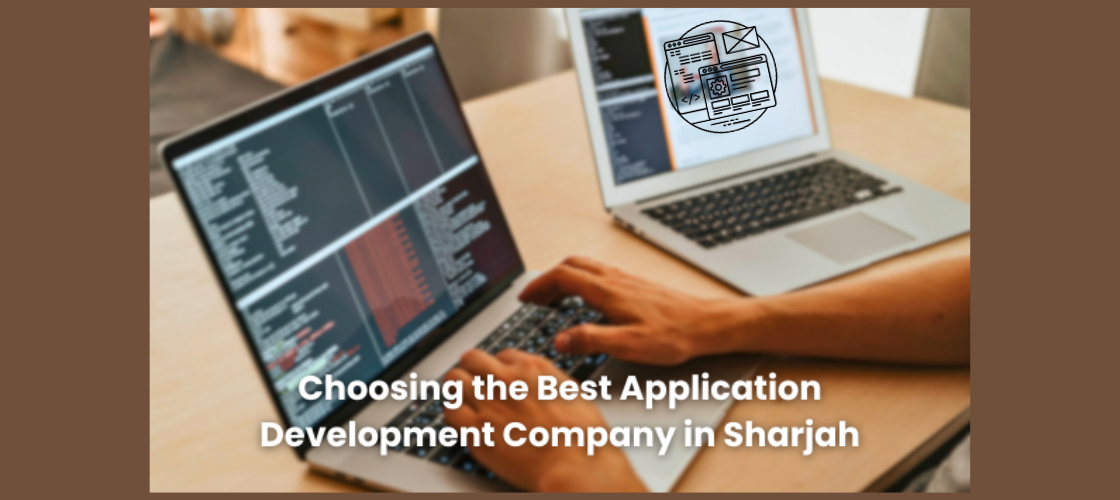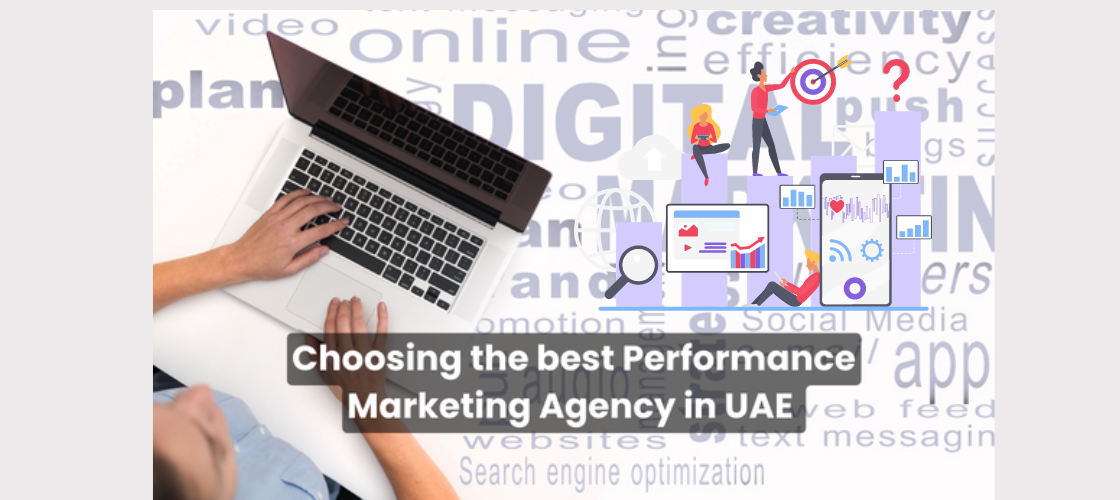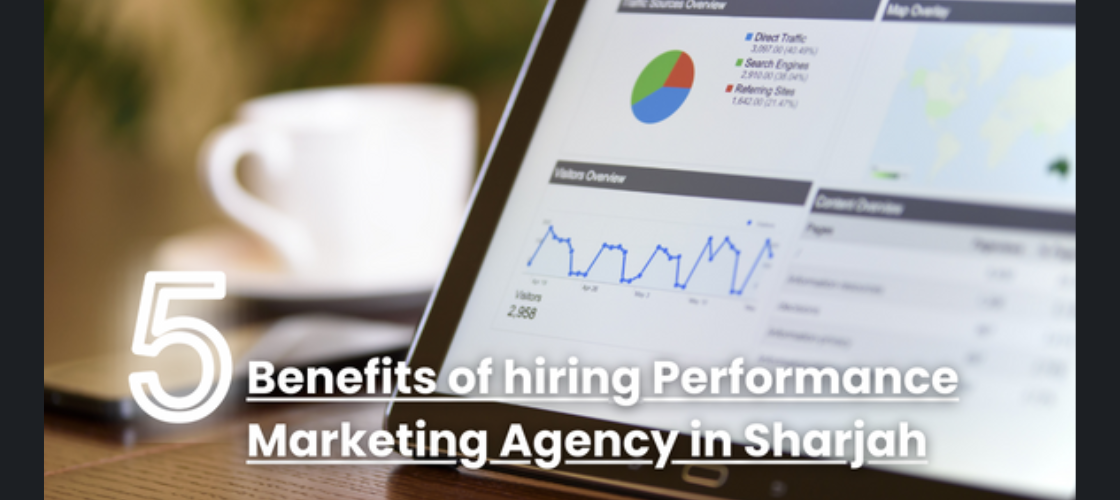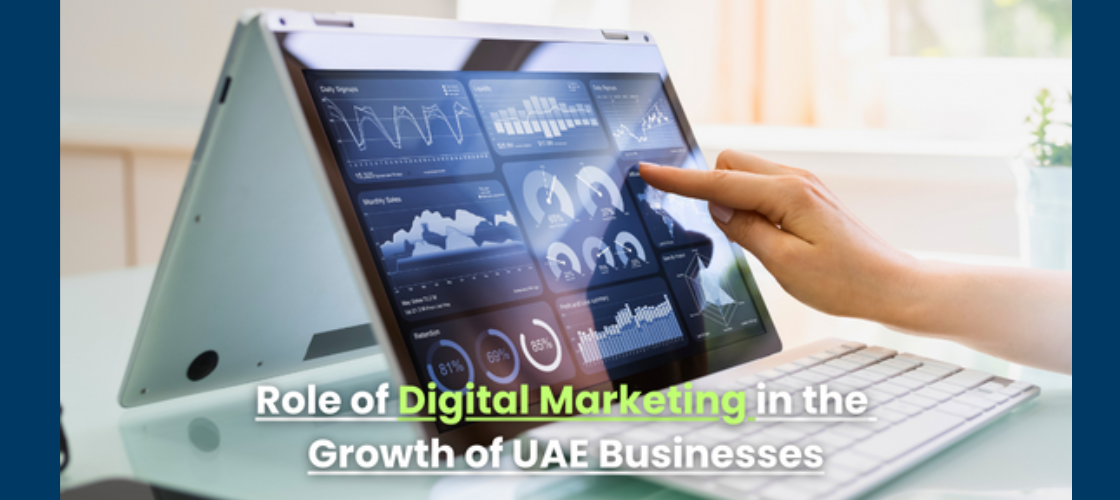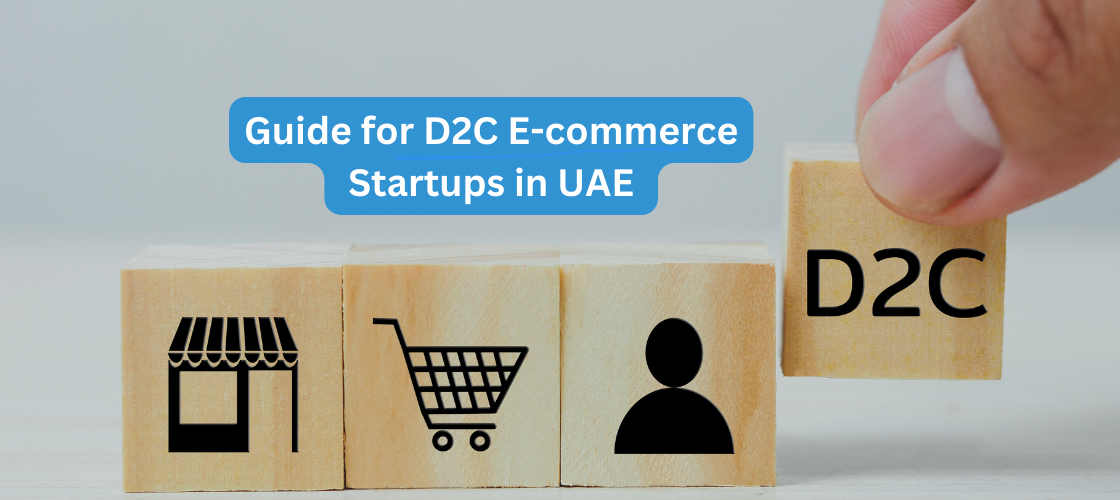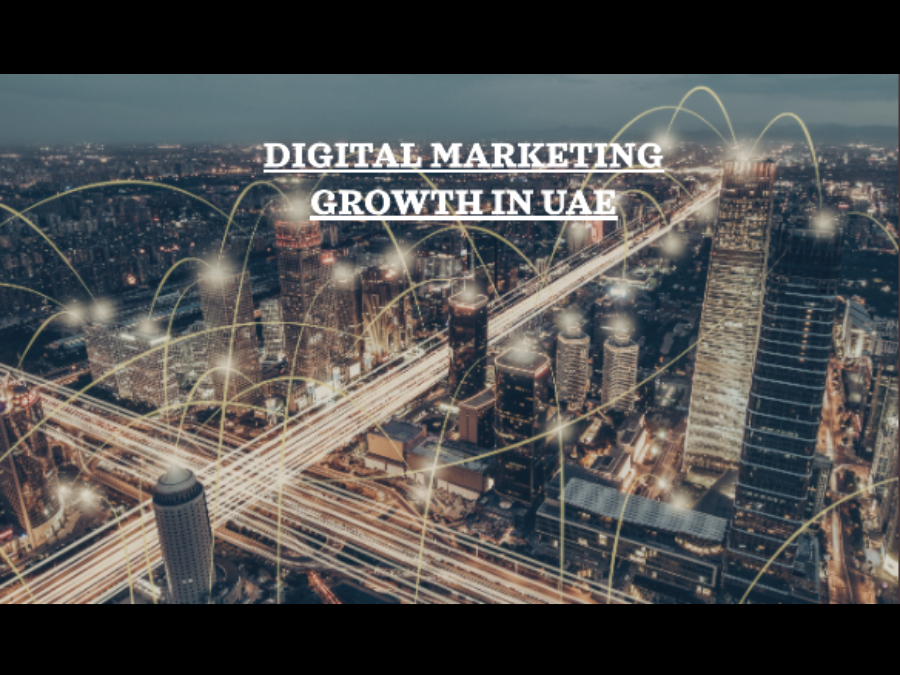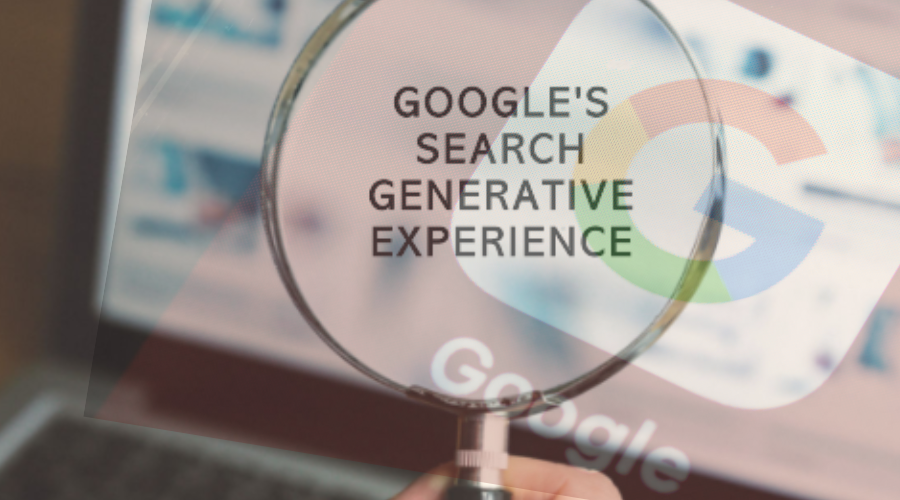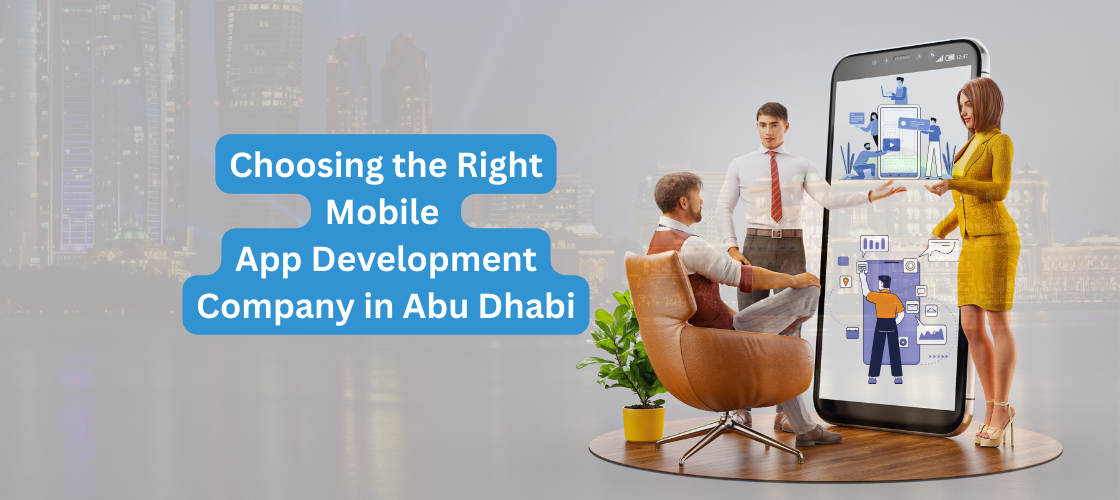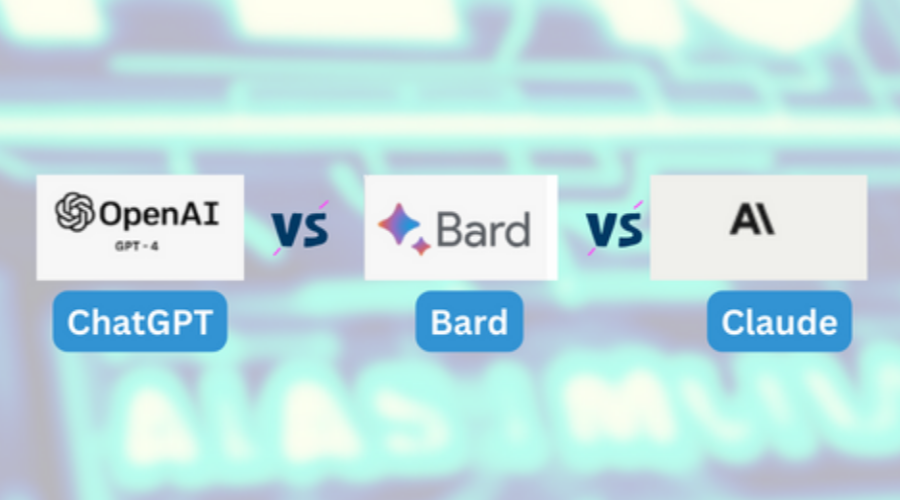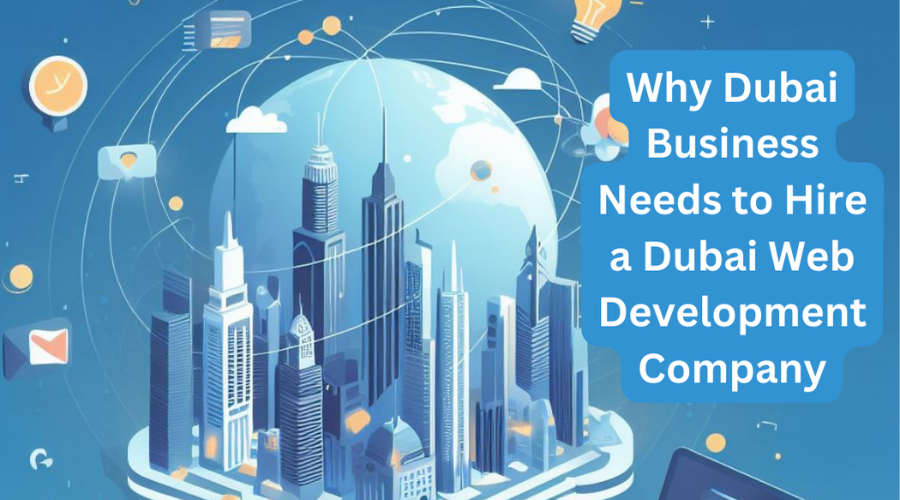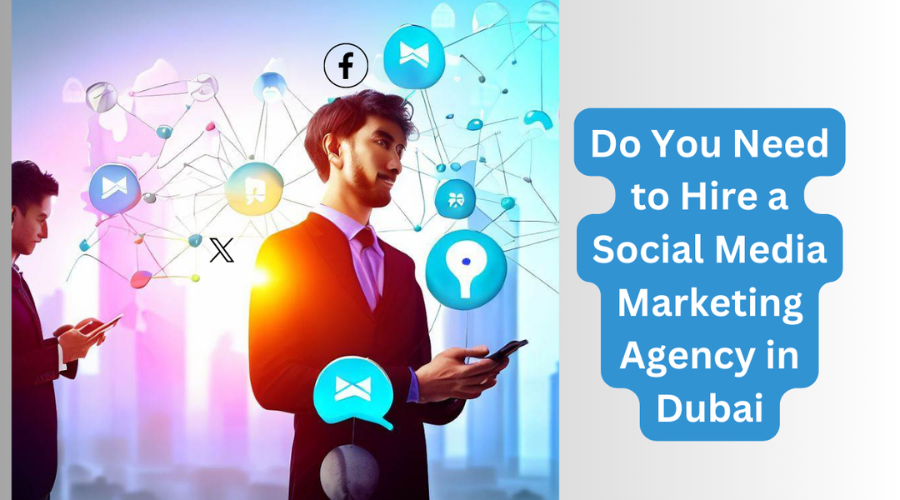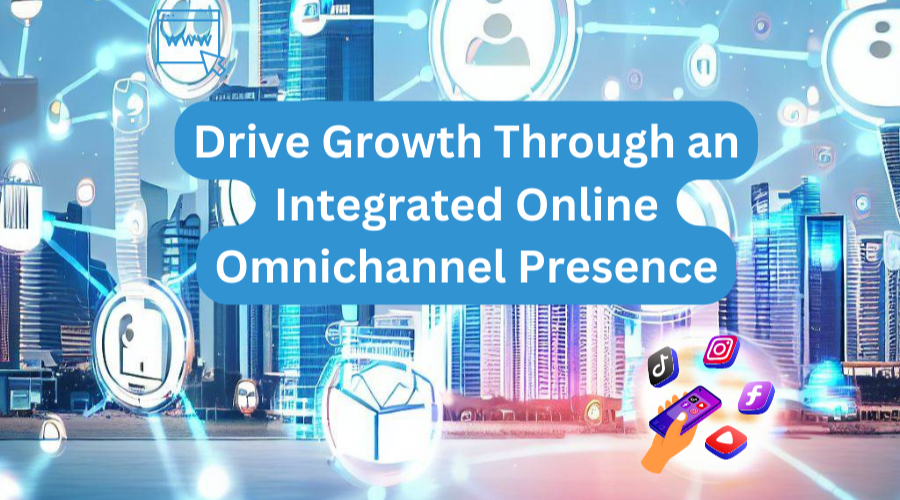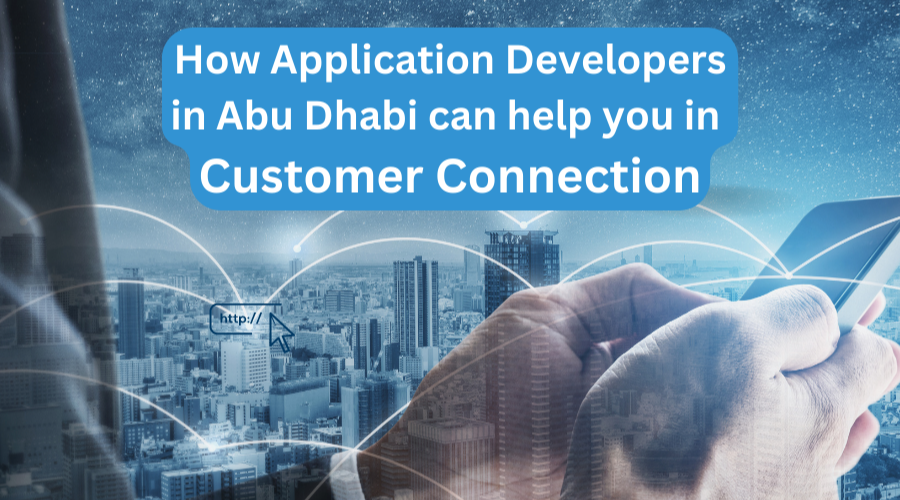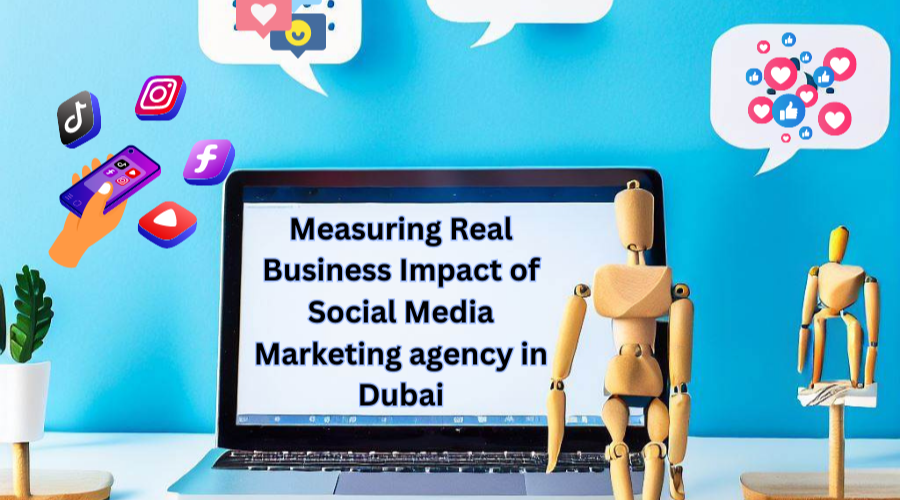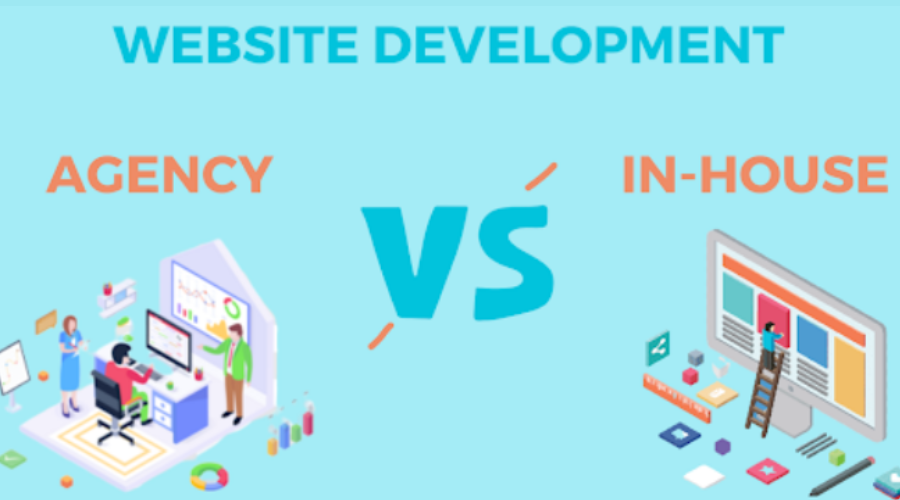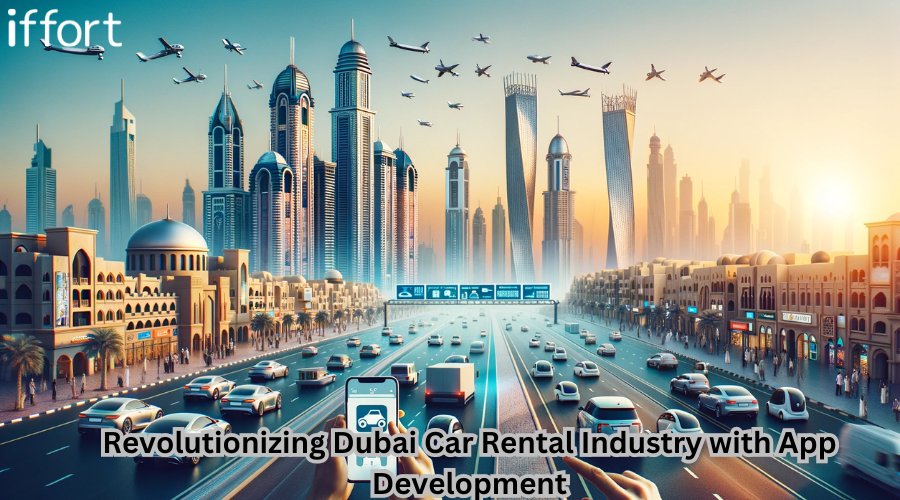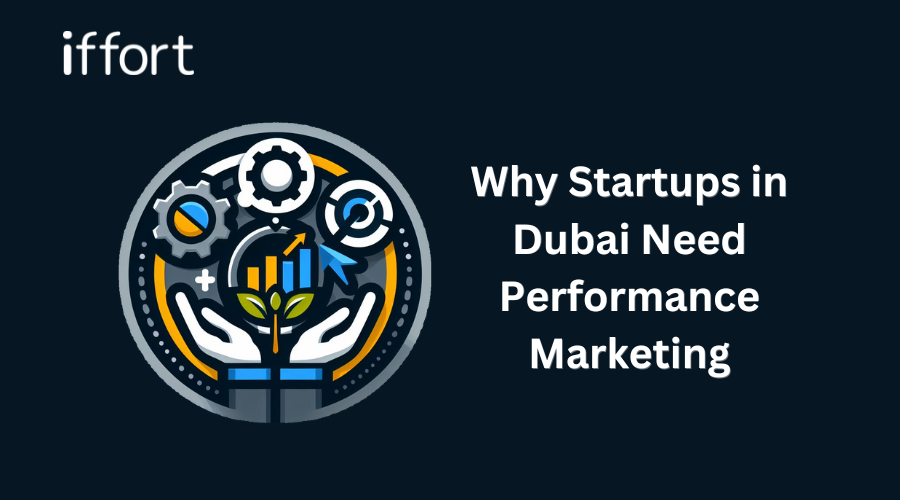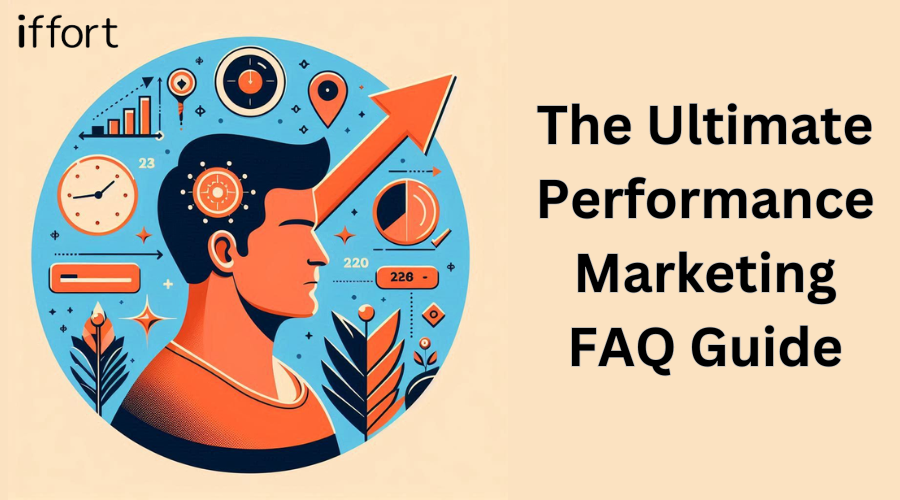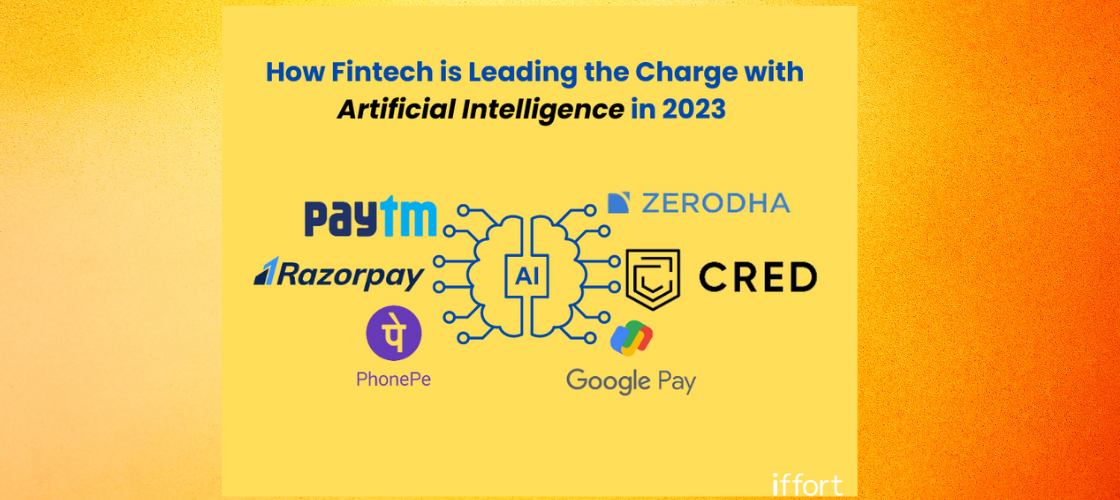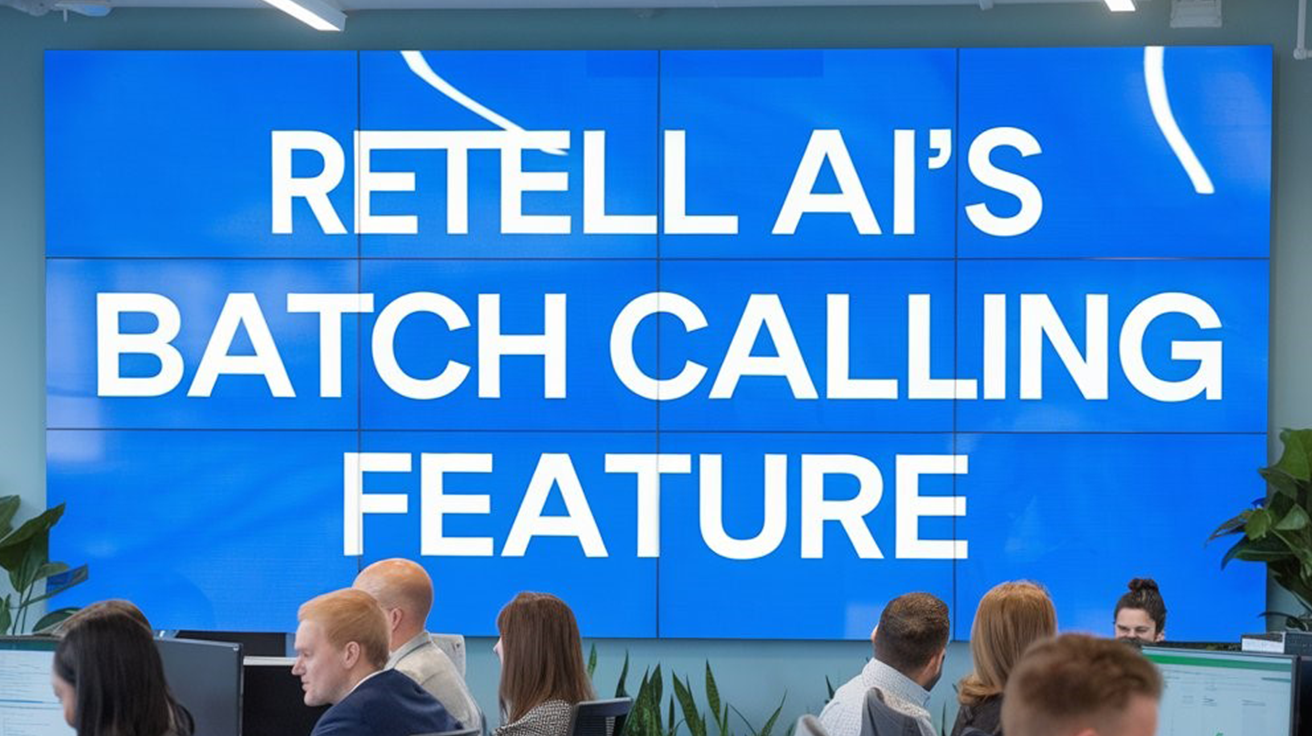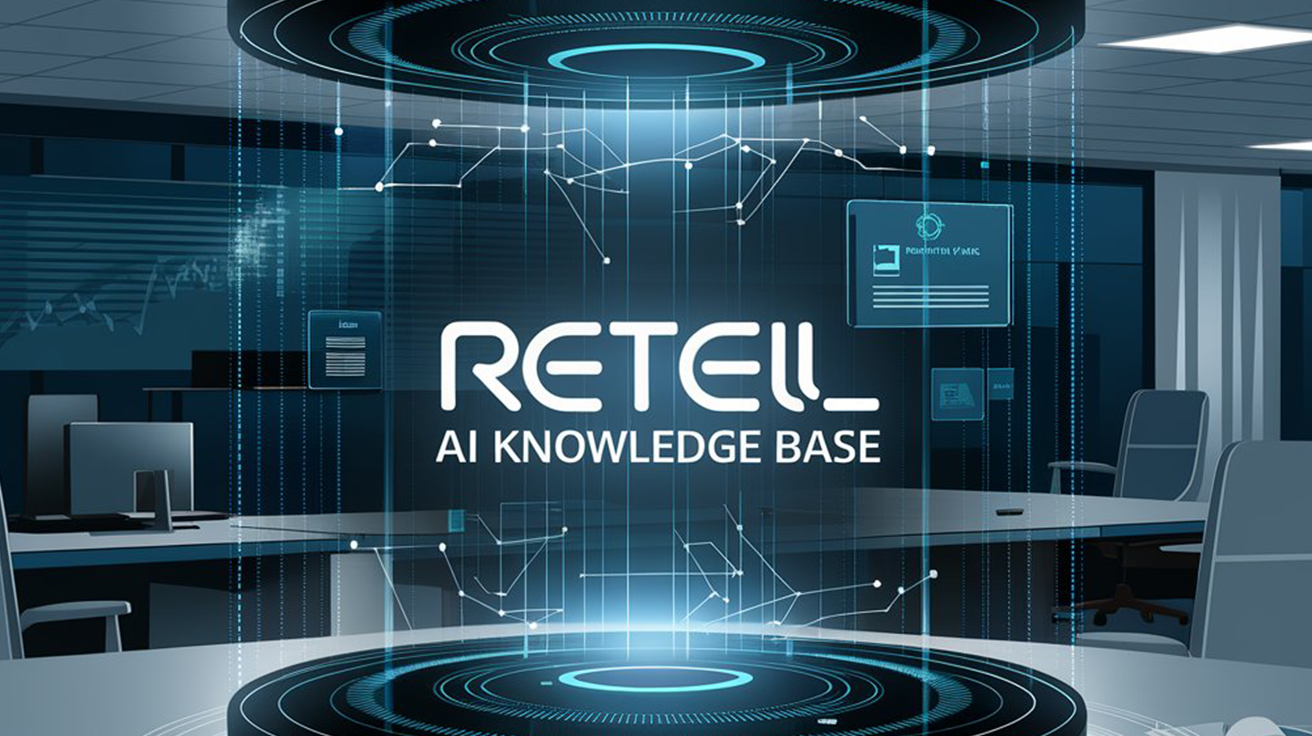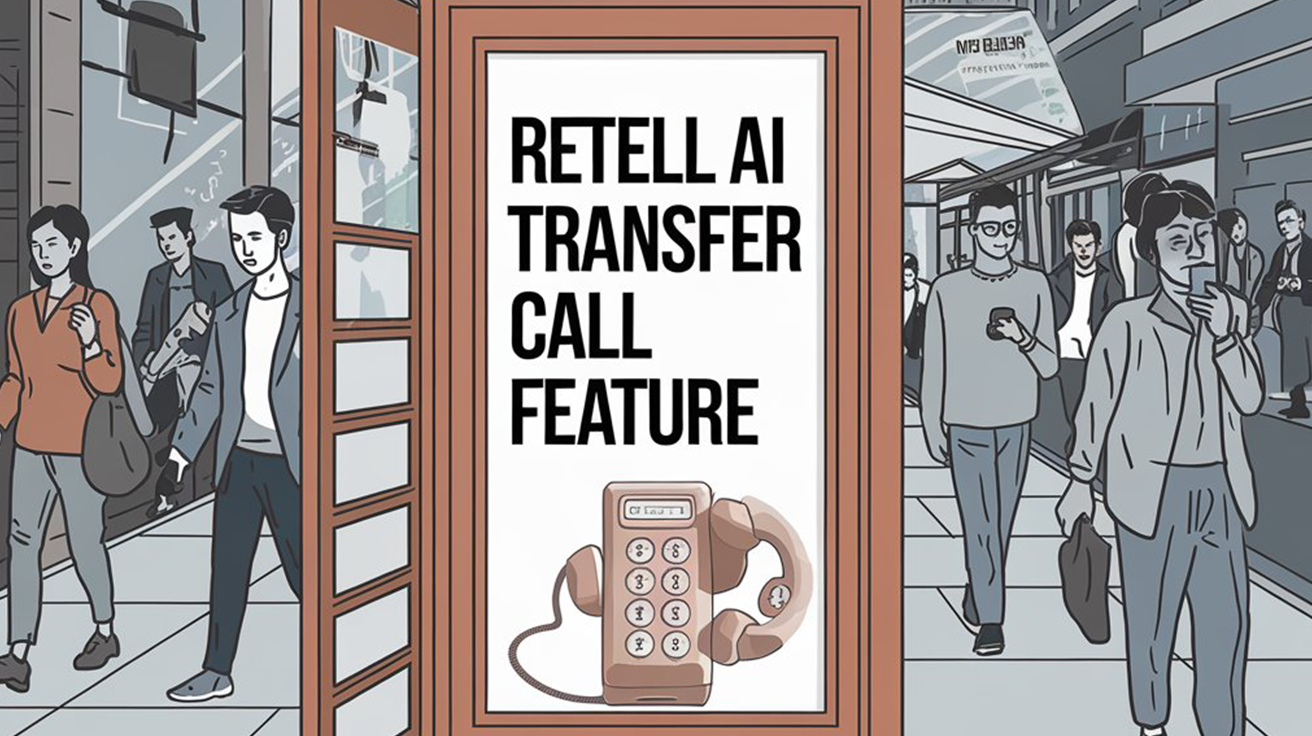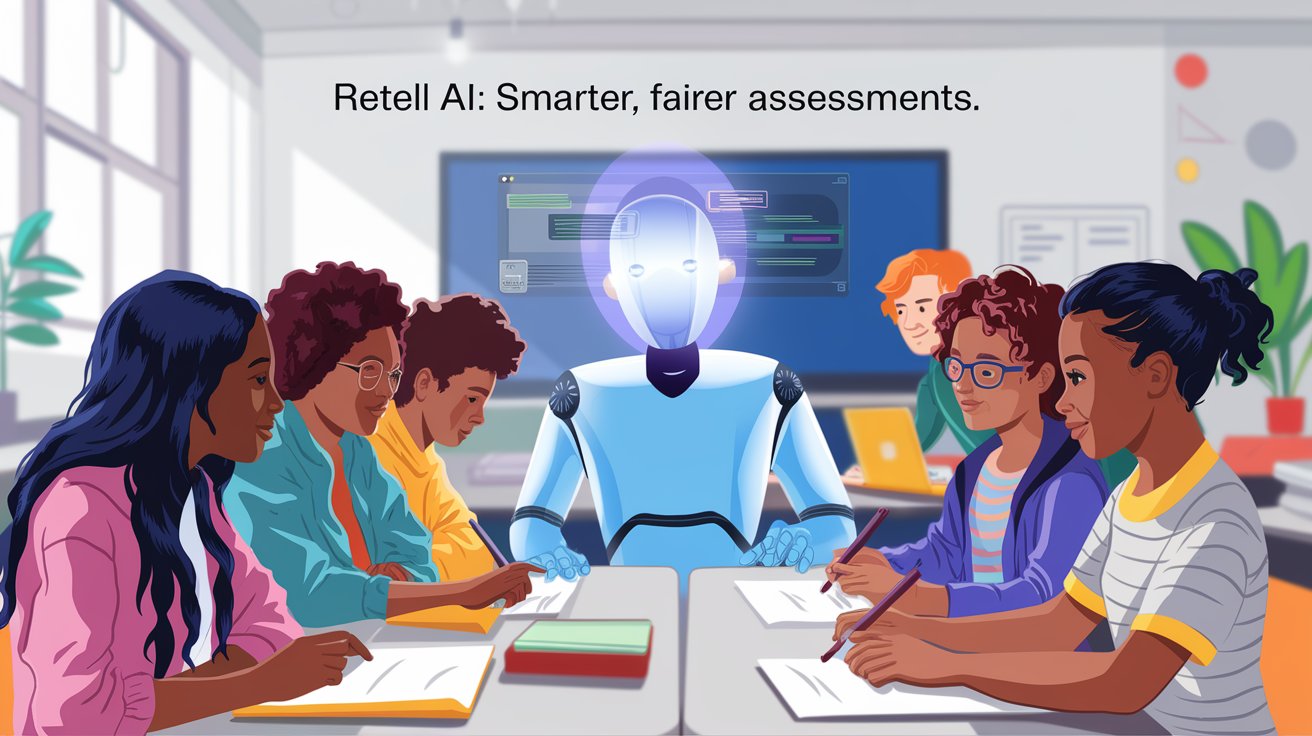The whole world is talking about ChatGPT and other conversational machine-learning tools. GPT-1, GPT-2, GPT-3, and GPT-4 are all members of the same family of AI models known as transformers. This means that they are trained to solve more collective tasks than the previous generation of machine learning models, also known as meta-learning, eliminating the requirement to be retrained to produce useful results for each distinctive task.
Each of the said AI models is used to build robust AI applications, but they differ greatly in how well they can fully grasp the questions asked and produce natural language responses. In this blog, we will talk about the differences between GPT-3 and GPT-3.5 and their impacts on the world of technology. Take a quick look at the table below to understand the release year of each model and the respective number of parameters, which basically refers to the adjustable settings or variables that determine how the language model functions.
| Model | Release Year | Number of Parameters |
| GPT-1 | 2018 | 117 million |
| GPT-2 | 2019 | 1.5 billion |
| GPT-3 | 2020 | 175 billion |
| GPT-4 | 2023 | 100 trillion |
What is Generative Pre-trained Transformer (GPT)?
GPT is a type of Artificial Intelligence used in tasks related to language processing. It was developed by OpenAI, a research laboratory specialising in AI. GPT models, such as GPT-1, GPT-2, GPT-3, and GPT-4, all use the same transformer deep neural network framework. This framework has been used to create powerful applications like machine translation and NLP.
The GPT model is trained on various natural language datasets. This language training enables GPT models to understand the natural language and generate more meaningful responses. GPT models can be used for various purposes, some of them are document summarisation, text generation and generic answers to different questions.
In today’s world, GPT models are being used in a wide range of applications, including creating chatbots, generating codes, identifying medical issues, suggesting diagnoses & more.
Overview of GPT-3 and GPT- 3.5
GPT-3 is a language model that can generate long-form text up to 2048 tokens long. It’s a massive model with over 175 billion parameters that require a lot of storage. It is ideal for advanced natural language processing due to its size and training data.
While GPT-3.5 is based on GPT-3, it has significant differences. For instance, it has fewer parameters (1.3 billion) and is designed to work within policies based on human values. The goal of GPT 3.5 is to make AI systems more natural and safe to interact with. To make it more interactive, it employs a subfield of AI known as Reinforcement Learning from Human Preferences (RLHF), which means that human feedback is used to improve machine-learning algorithms.
Also Read: Disruption in How AI Voice Agents Will Transform Customer Experience
Think about ChatGPT and how it generates responses more quickly and efficiently. The conversational model of ChatGPT makes it perfect for use in various chatbot applications in real time. For instance, when a user shared the same prompt to both ChatGPT and API, the answers were significantly different. Remember that ChatGPT, is based on the GPT 3 API model that is using reinforcement learning with the human feedback model, and API is based only on the GPT 3 API model.
Prompt: How can I get a good picture of Mars?
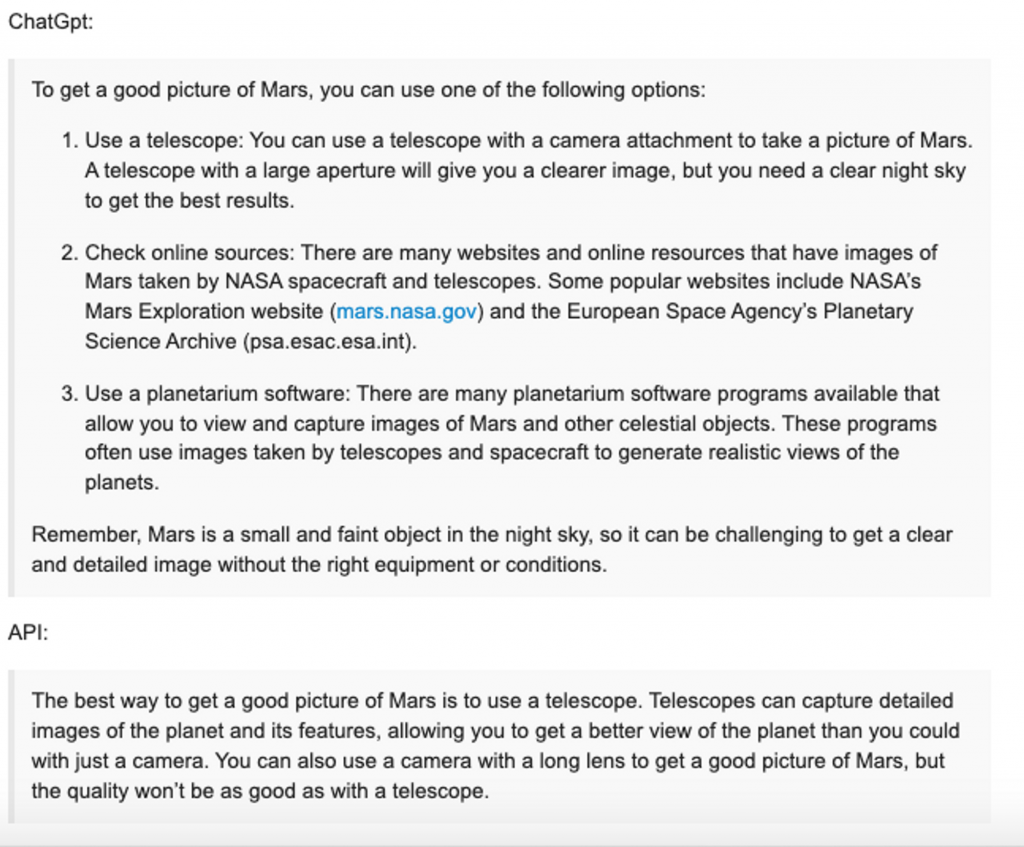
For the same prompt, we can see that the response from ChatGPT was smarter, more detailed and specific.
Applications of GPT-3 and GPT-3.5
GPT-3 and GPT-3.5 are advanced language models that can generate images, assist in medical diagnosis, and help brands develop revenue-generating apps. A 12-billion-parameter version of GPT-3 was used to build the AI image-generating neural network, Dall-E. Trained on different data sets of text-image pairs, Dall-E can generate different images from user-submitted text prompts.
As GPT-3 has natural language processing capabilities, it can also help in examining enormous amounts of medical data. According to a 2022 study, a company investigated the potential of GPT-3 to assist in the diagnosis of dementia by identifying common symptoms and diagnosis of the same, such as language impairment in patient speech, and the investigation was completely successful. If you want to understand how to build revenue-generating apps using GPT, you can work with an app development company to help your brand grow.
Here are some examples of tools based on GPT 3:
- Jasper.ai: A content generation platform that helps in the creation of high-quality engaging content. With the help of cutting-edge Artificial Intelligence algorithms, Japer.ai generates content based on the input provided. With this, the user can quickly and effortlessly create vast content with little human involvement.
- Debuild: This tool makes it simple for anyone to create effective apps by aiding in developing unique web applications.
You May Also Like: AI Applications in Architecture and Urban Planning
Here are some examples of tools based on GPT- 3.5:
OpenAI has released a set of AI models based on an upgraded version of GPT-3 called GPT-3.5. ChatGPT is one of the models released on this architecture. Examples of tools that use GPT-3.5 technology include the following.
- Hugging Face Transformers: A Python-based library for building and fine-tuning natural language processing models, including GPT-3.5 models.
- Thirdeye: A customer support automation tool that uses GPT-3.5 models to provide natural language-based customer service.
- Voiceflow: A no-code platform for building voice and chatbot applications that uses GPT-3.5 models for natural language understanding and generation.
Launch of GPT 4
The latest addition to the GPT family, GPT-4 was launched in early 2023. It has 100 trillion parameters, which is a significant increase from GPT-3’s 175 billion parameters. With this massive increase in the number of parameters, GPT-4 is even more capable of generating natural language responses than its predecessor. In addition to the text-only mode, GPT-4 also accepts input prompts with graphics, enabling it to output in a variety of forms, including natural language and code. GPT-4, in contrast to GPT-3, can handle inputs that blend text and images, making it a more flexible tool for producing responses.
Also Read: Unlocking the Concept of Retrieval-Augmented Generation (RAG)
Conclusion
GPT-3, GPT-3.5 and GPT 4 are members of the same family. GPT-3 is much larger and more powerful than its predecessors, with over 175 billion parameters, and is ideal for advanced Natural Language Processing applications.
GPT-3.5 is an upgraded version of GPT-3 with fewer parameters that includes a fine-tuning process for machine learning algorithms. The fine-tuning process involves reinforcement learning with human feedback, which helps to improve the accuracy and effectiveness of the algorithms. Additionally, GPT-3.5 is designed to work within policies based on ethical human values, ensuring that the AI systems it powers are safe and reliable for human use.
GPT-4 is the latest addition to the GPT family with 100 trillion parameters and is more powerful than all the previous versions
ChatGPT is a state-of-the-art language generation model that has the power to change how companies interact with their clients completely. It is possible to utilise it to automate time-consuming and repetitive processes, like answering commonly requested queries, giving individualised replies, and even producing content. However, it is important for businesses to be aware of the ethical considerations when using this technology, such as ensuring that the model is creating unbiased content. With the right approach, ChatGPT can provide numerous growth opportunities and improve the overall efficiency of a business.
Want to collaborate and explore business opportunities?
Looking to implement AI in your business?
Connect with Iffort, your digital technology and marketing partner. We can help incubate startup ideas and bring product-level thinking to the core.

